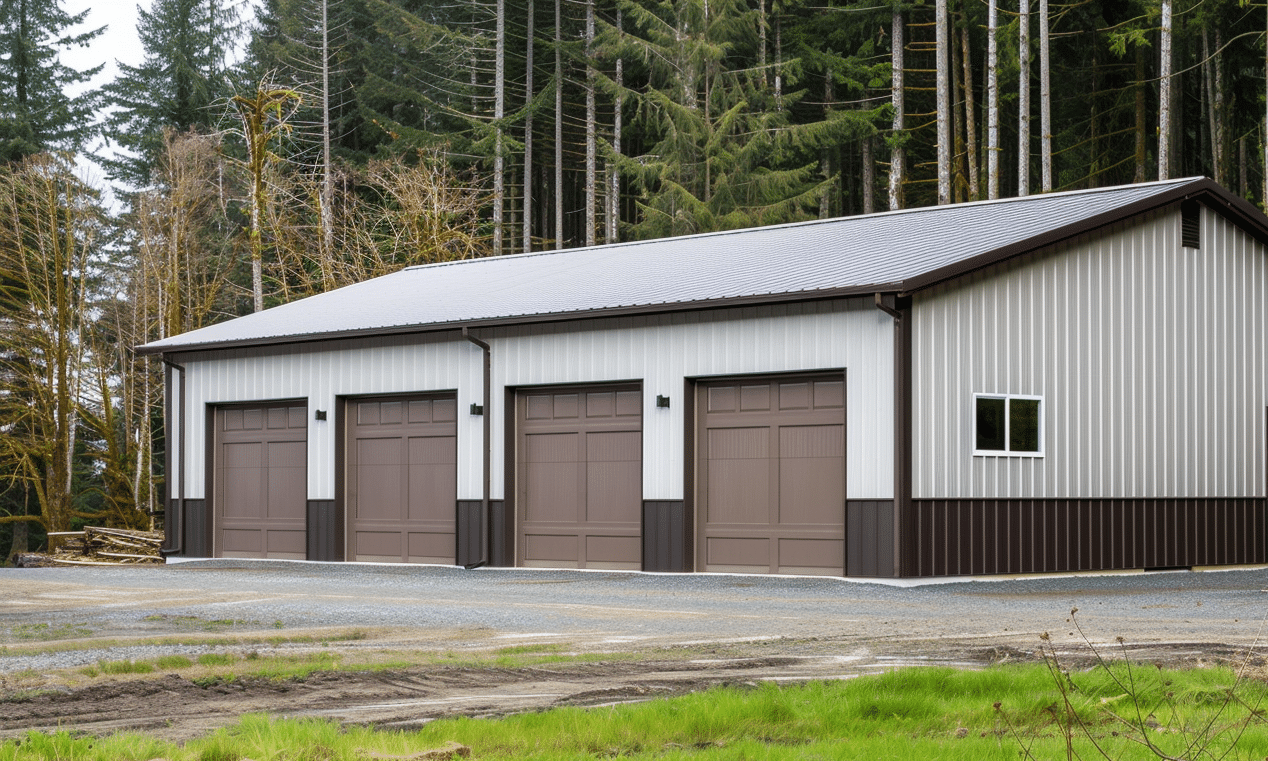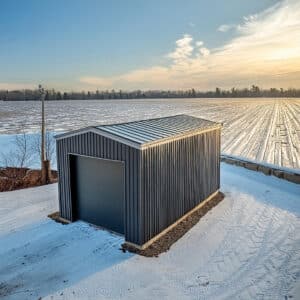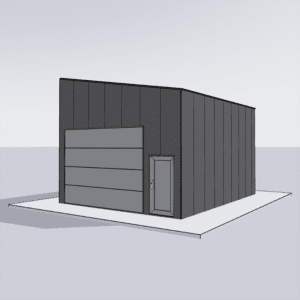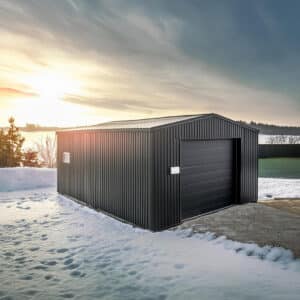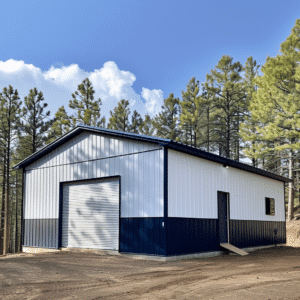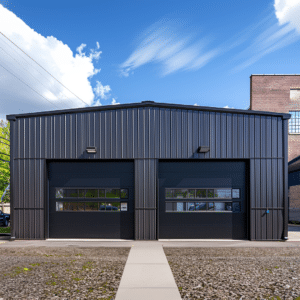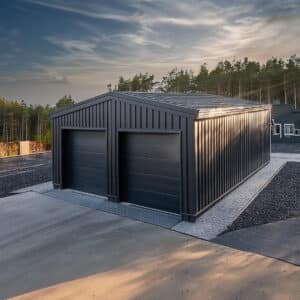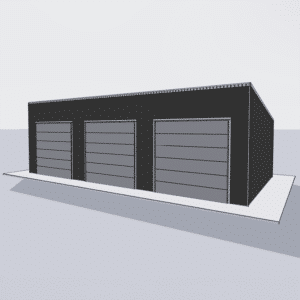When it comes to creating a functional and inviting pole barn, one component often overlooked until the later stages is electrical wiring and lighting. This essential element is not only vital for functionality but also enhances the aesthetic appeal of your barn. Whether you are planning to make your pole barn a workshop, a storage facility, or even a living space, understanding pole barn electrical wiring is crucial.
Think of your pole barn as the car of your dreams. You wouldn’t want an engine that sputters, nor lights that flicker, right? Similarly, good lighting and skillfully managed electrical work can make all the difference. It’s not just about seeing what you’re doing; it’s about creating an efficient workspace that sparks creativity and productivity.
### Understanding Electrical Needs in Your Pole Barn
Before you dive into the nitty-gritty of pole barn electrical wiring, it’s imperative to assess your specific needs. Are you planning to run heavy machinery, small tools, or basic lighting? Each requires different types of electrical setups. Start by asking yourself these essential questions:
– What is the primary function of the pole barn?
– What appliances and tools will be used regularly?
– How often will the barn be in use?
An excellent resource to check out for holistic barn planning is DIY pole barn construction tips. This guide offers insights into effective planning, ensuring success from the ground up.
### Planning Your Pole Barn’s Electrical Components
Once you’ve identified your needs, the next step is planning the electrical layout. This involves creating a schematic of where outlets, lights, and other electronic devices will be placed. Remember, safety first! Proper planning can help prevent overloading circuits, reducing the risk of fire or equipment failure.
**Main Panel and Subpanels**: Your pole barn will likely have its electrical panel, where the main power supply will run from your home’s electrical system. Depending on the size and intended use of the barn, you may need additional subpanels for specific zones within.
**Circuit Breakdown**: Adequate circuiting is vital. Large equipment like power tools or HVAC systems will need dedicated circuits to prevent overload. Lighting typically runs on its own circuits, separate from high-demand outlets.
For comprehensive advice on technical electrical setup, consider consulting trusted resources like BuildForce Canada – Pole Barn Electrical Wiring.
### Choosing the Right Lighting
Selecting the perfect lighting is akin to choosing the right tool for a job. It profoundly affects the usability of your pole barn. Suppose your barn functions as a workshop. In that case, consider a layered lighting approach: ambient lighting for an overall glow, task lighting for focused illumination, and accent lighting to highlight specific areas.
**LED Lights**: They are the modern standard due to their energy efficiency, durability, and brightness. They may be slightly more expensive upfront but save money in the long run by reducing electricity consumption and requiring less maintenance.
**Natural Lighting**: Integrating skylights or large windows can reduce reliance on artificial light while providing an inviting atmosphere, especially for daytime work.
### Installation Tips for Pole Barn Electrical Wiring
Professional installation is always encouraged, especially for complex structures, but for those inclined towards the DIY approach, here are some essential installation insights:
– **Permit and Inspection**: Verify local building codes and acquire necessary permits, ensuring your installation meets safety standards.
– **Conduit Choices**: Conduits protect wires from environmental exposure. PVC conduits are popular for their durability and affordability, while metal conduits are often used in areas subject to mechanical damage.
– **Wire Type**: For exposed areas inside a pole barn, use Wire Mesh, BX wiring, or PVC-insulated wires to ensure longevity and safety.
To gather more comprehensive DIY perspectives, visit Custom Building Projects for resources that cater to custom designs.

### Enhancing Your Pole Barn’s Usability
Once the electrical wiring and lighting are effectively handled, your pole barn is more than just a shelter; it becomes a versatile, usable space. Whether for leisure, work, or storage, proper lighting and electrical setups maximize utility. In colder areas, you might even consider adding heating elements, making the barn a year-round sanctuary.
### Adapting Your Barn with Modern Technology
Today’s pole barns are more than rustic farm structures; they are technologically advanced spaces that can incorporate smart technology. Imagine controlling your lighting and heating remotely!
Consider installing smart panels and sensors that adapt to your schedule and usage patterns. As the demand for energy-efficient solutions increases, these additions might even make you eligible for tax breaks or incentives depending on your location.
### Conclusion
Ultimately, mastering pole barn electrical wiring and lighting is a fine balance between necessity and user preference. It ensures your barn is not just a storage box but a functional extension of your property. By considering your specific needs, planning effectively, and choosing the right materials and lighting, you can transform your barn into a space that truly works for you.
For more information or to embark on your construction journey, engage with Your Building Team. Whether you’re interested in a step-by-step guide or are seeking pole barn kits in Ontario, their expertise can help make your dream barn a reality.


